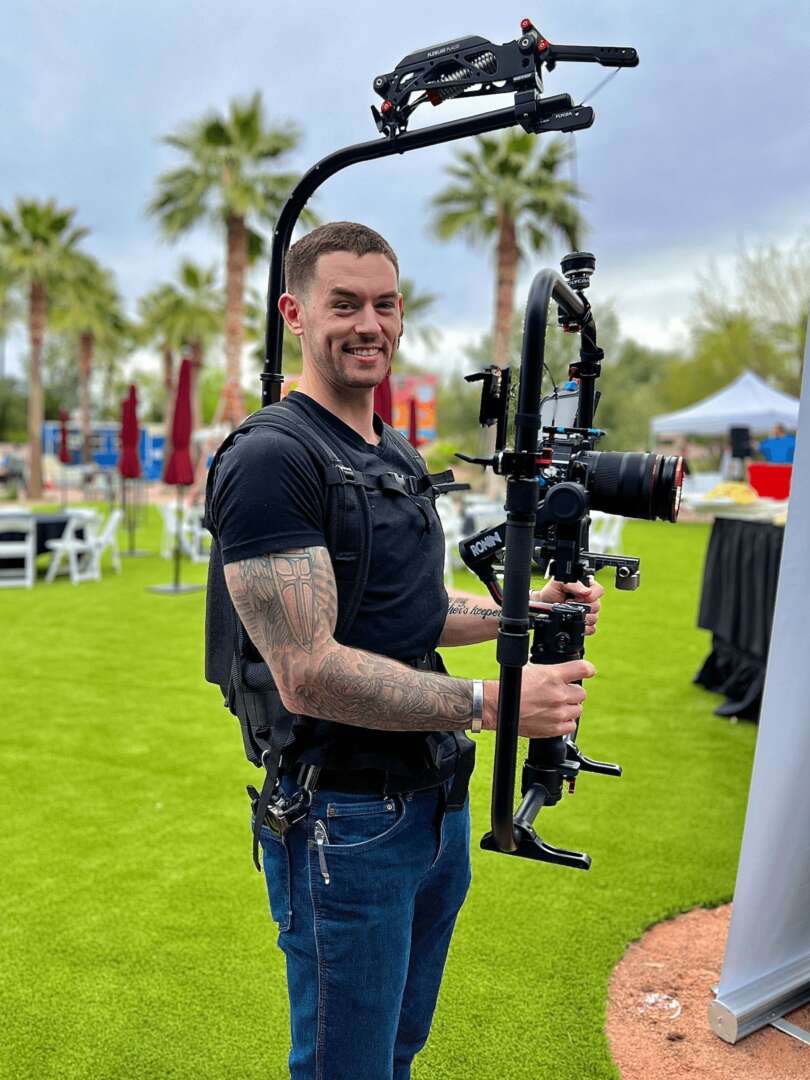We recently connected with Jordan Smock and have shared our conversation below.
Jordan, thanks for joining us, excited to have you contributing your stories and insights. We’d love to hear from you about what you think Corporate America gets wrong in your industry and why it matters.
Most creative agencies act as order-takers and simply ask their clients what they’re wanting to do and what kind of content they want to produce. More often than not, the client doesn’t just want photos or video – they see their competitors putting out content and assume that’s how they’re driving traffic to the business, so they want to achieve the same results, but if someone goes with a large firm and they don’t get the results they want, the firm will usually recommend another campaign or to increase the amount of content they produce in order to achieve better results. I always start my client engagements with a pre-production meeting where we go over what their business is, why they started it in the first place, what sets them apart from their competitors, what information they want their potential clients to know after watching their content, the goals they want to achieve and a realistic timeline and budget for those goals.
I had a client that was starting a barber shop and was looking to differentiate himself as a high-end shop with different types of enhancements, membership perks and to be a location for people to have a good time; Before we started working together, he was taking pictures on his phone and simply posting to his story on Instagram. We decided to make a promotional video highlighting the different types of services he offers, what sets his shop apart from others and what the results looked like. We also remodeled his Instagram account to be a consistent aesthetic, created his Google business listing and started posting professional photos with colored lighting that matched his brand along with pictures of his clients smiling and laughing during the process. In the first 2 months he gained over 300 followers and was popping up the first page on Google for local barbers. Two months after that, he increased his prices by 30% and was able to keep his entire client base. He was able to work less hours, charge higher prices and move into a larger shop. We continued to work together over the next year and he hired me to do his wedding and his son’s graduation photos. Seeing the tangible results of a well-thought out pre-production process and watching his business grow was an amazing experience and it’s why I do what I do.
If you aim at nothing, you hit nothing.
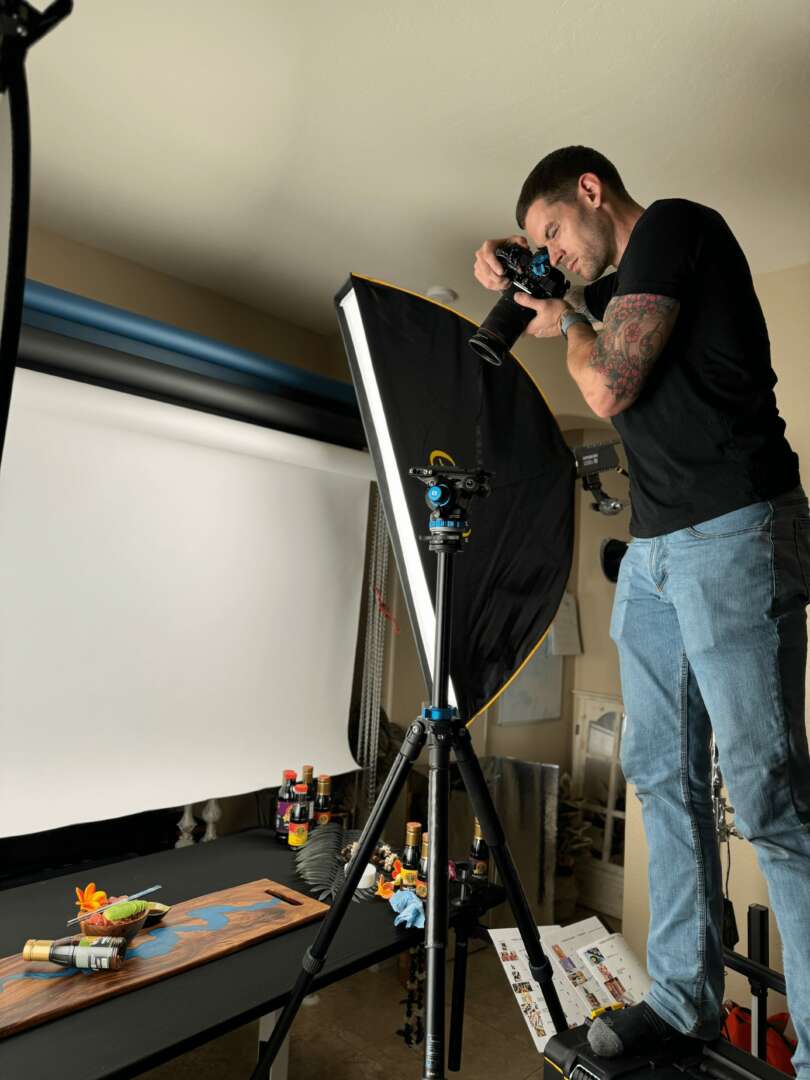
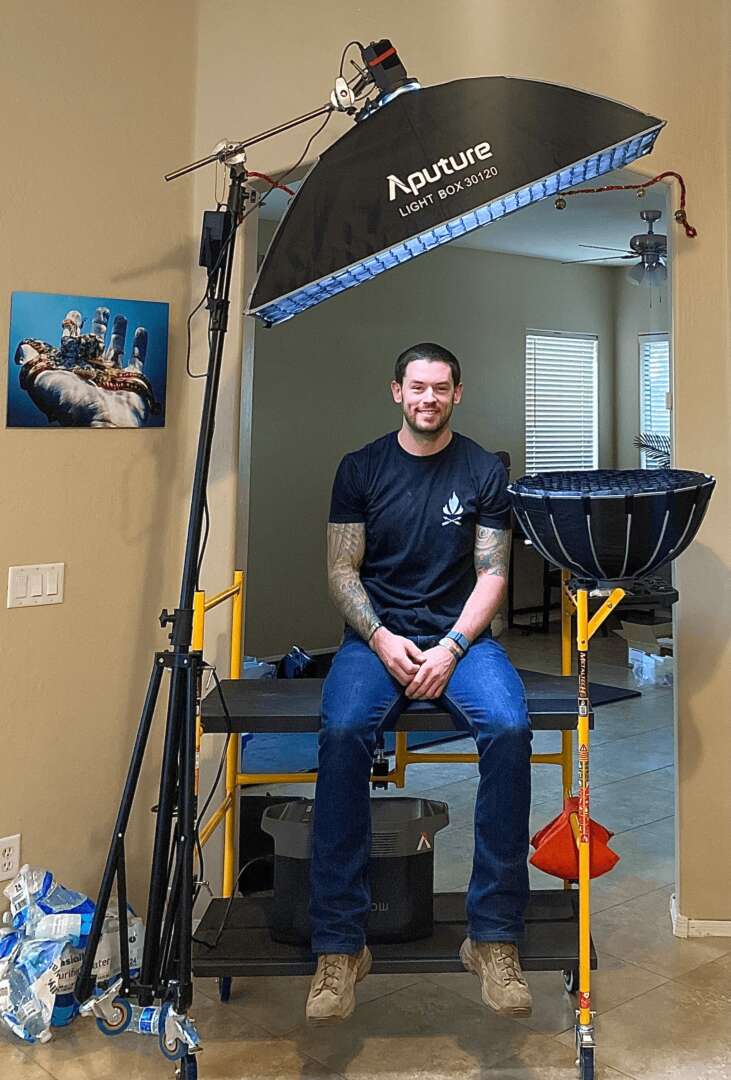
Great, appreciate you sharing that with us. Before we ask you to share more of your insights, can you take a moment to introduce yourself and how you got to where you are today to our readers.
I got into videography when my girlfriend and I decided to buy a drone so we could do more outdoor activities and capture content from it. After the first couple times of using it, I couldn’t figure out why some photos and videos looked better than others. I started watching YouTube videos and fell down the technical rabbit hole of cinematography and camera sensor mechanics and fell in love with it. I immediately went out and bought a camera and shot my first wedding as a second shooter a few weeks later. I realized that working an event was completely different than taking headshots or portraits in terms of what settings to use and how to change exposure, so I started doing as many different types of photography and videography as I could and realized they all required a special skill set. I did corporate headshots, business promo videos, hype reels for professional fighters, podcasts, behind-the-scenes shoots, product photography, nature videos, Instagram reels, event promotion, etc. and became obsessed with learning how to do each of them and how to improve the end results.
Although I enjoy doing all types of videography and photography, I’m most passionate about promotional business content. It allows me to do all types of cinematography and also helps grow people’s businesses. It’s always made me happy to make other people happy, so being able to help others achieve their goals of becoming independent and earn a living from their passion has been really rewarding.
At the end of the day, content is meant to communicate a message, so talking to business owners and learning about what they do and why they do it helps me do my job better. I think if other creative firms took the time to get to know their clients, learn about their goals and develop a plan alongside them, more business owners would be eager to hire a professional for content production, so I’m glad I can be there to fill that gap.
I’m most proud of getting to work with people and brands that I like and care about. I’ve worked with UFC fighters and got a chance to fly out to the UFC Performance Institute in Las Vegas where I met with different fighters, UFC employees and got a tour of the facility. I’ve had the opportunity to work with brands I’ve used and businesses I’ve patronized for years like Aloha Shoyu, Pacific Rim and Bento and Scottsdale Resort and Spa. I just feel lucky I get to earn a living doing what I love and being able to help others in the process.
If there’s one thing that I’d want potential future clients to know, it’s that I care about getting them results just as much as they want results. If they’re just starting out and I think they’re at a point where they don’t need to hire a professional and they can produce content themselves, I’ll tell them. I don’t want anyone that I work with to be stressed about money or worried they’re not going to get results. If we’re going to work together, we’re going to do it the right way.
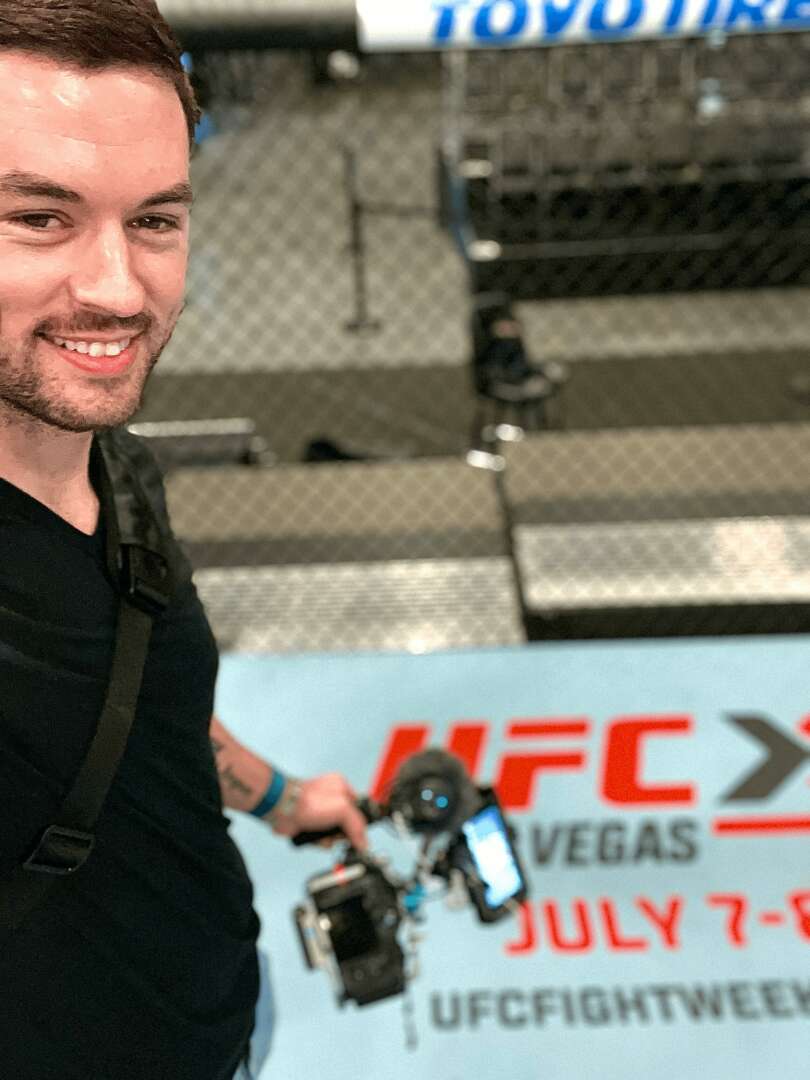

How did you put together the initial capital you needed to start your business?
When I started my business, I was working as a sales manager and going to school using the GI Bill, so I was using the money I got from my day job to invest in camera gear, lighting equipment, etc. I hit the ground running and spent almost every spare penny on my business and operated at a loss the first two years in order to get a tax refund and get higher quality gear. I ended up investing over 70 grand in equipment and got myself to a point where I was ready to take on any job I encountered. Although the thirst for new toys never ends, now that I have just about everything I need to do every type of shoot, I can focus on maximizing revenue and don’t have to worry about paying back any business loans or investors.
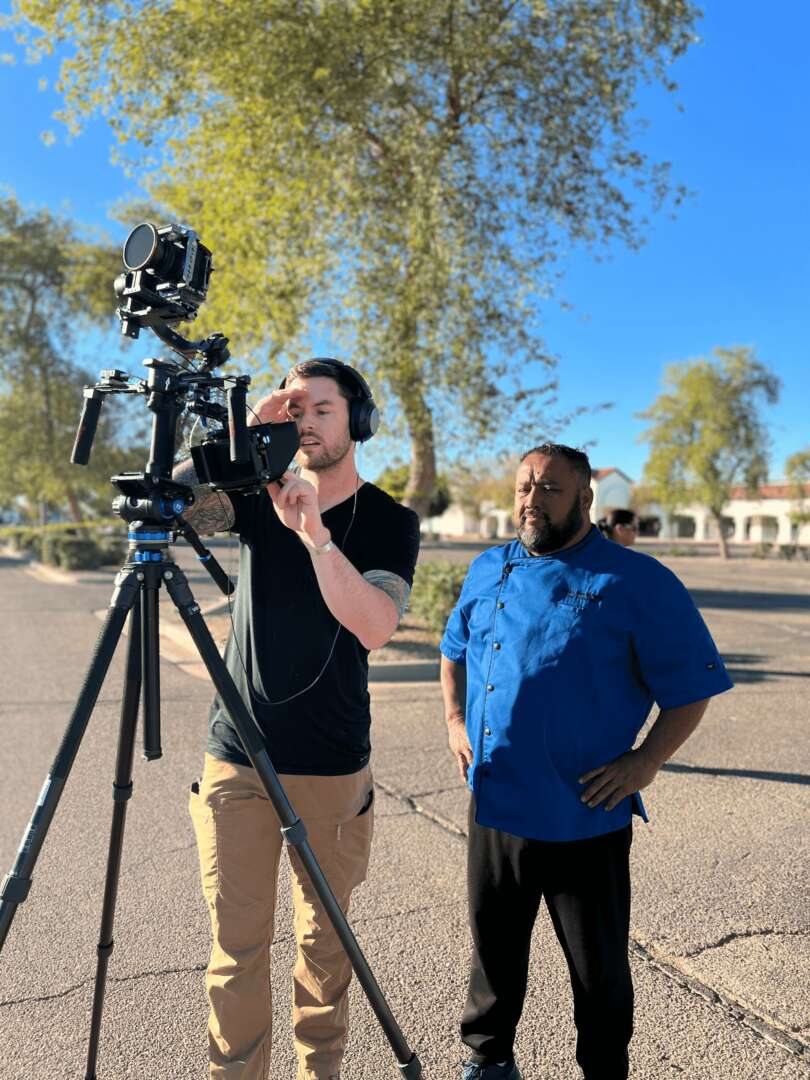
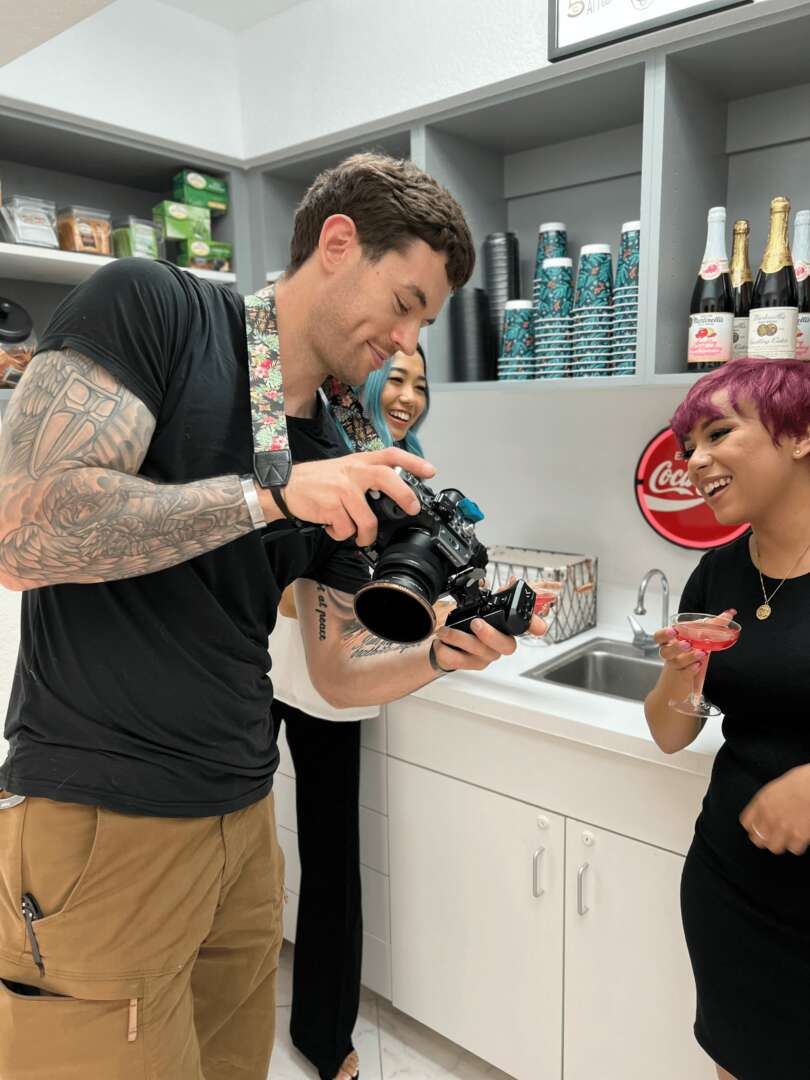
What’s a lesson you had to unlearn and what’s the backstory?
When I first started the business, I had only done a couple different types of photoshoots like portraits and landscape photography. After my first event promotion, I learned very quickly that each shoot requires its own set of gear with completely different intentions based on the desired results. I showed up to the event with just my camera and two lenses and as soon as I walked in, I saw that the lighting was horrible and every room had a different color temperature. I did the best I could, but it probably took me 3 times longer than normal to color grade the footage and make sure the video came out the way it was supposed to. Now, I always bring lens filters and studio lighting any chance I get. Better to have it and not need it, than need it and not have it.
Contact Info:
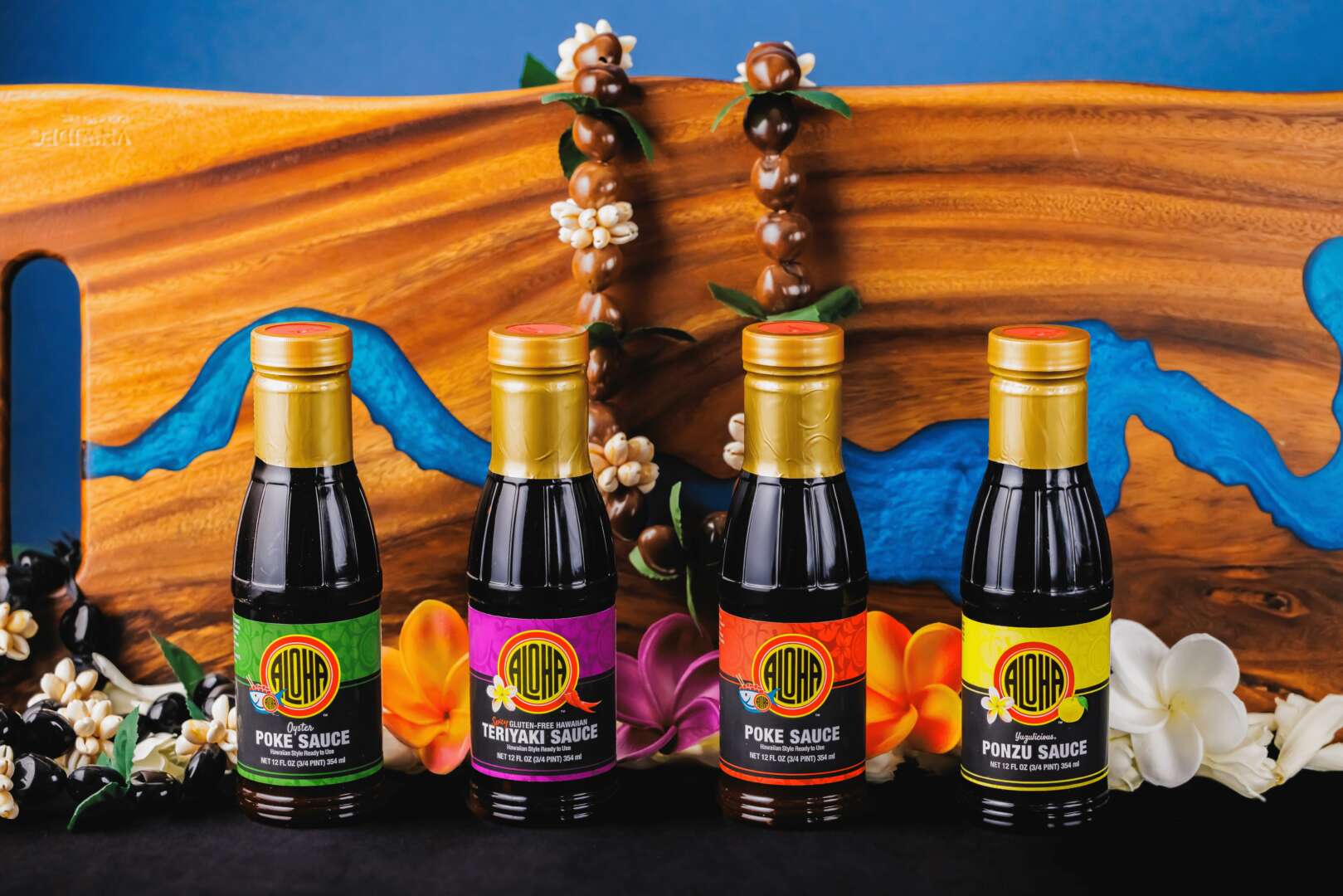
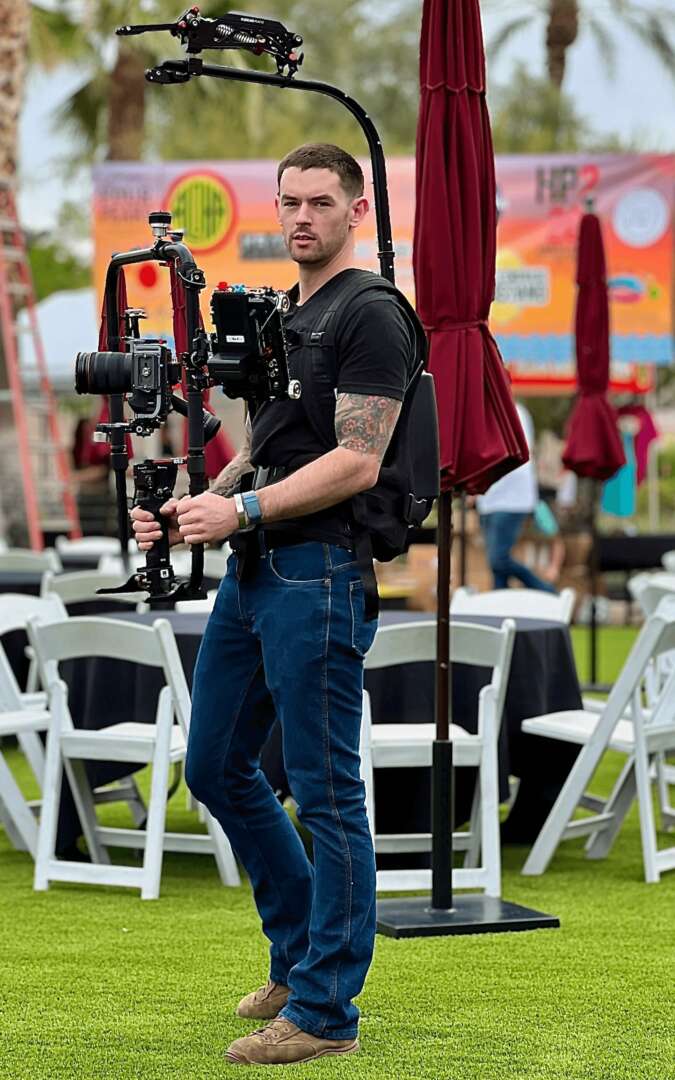
Image Credits
Epic Flare Concepts LLC


